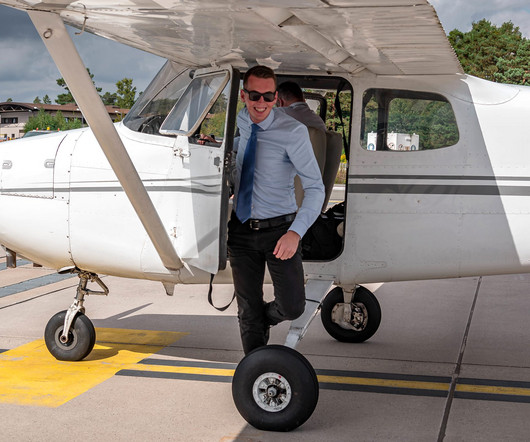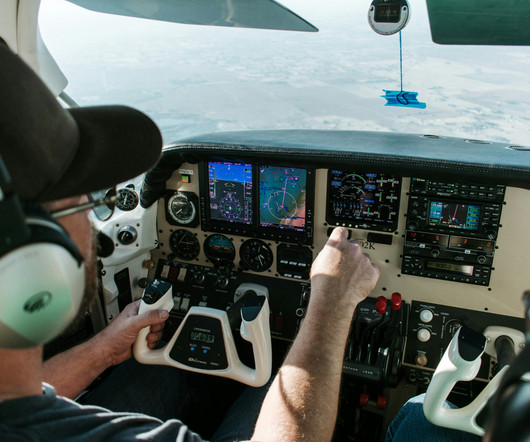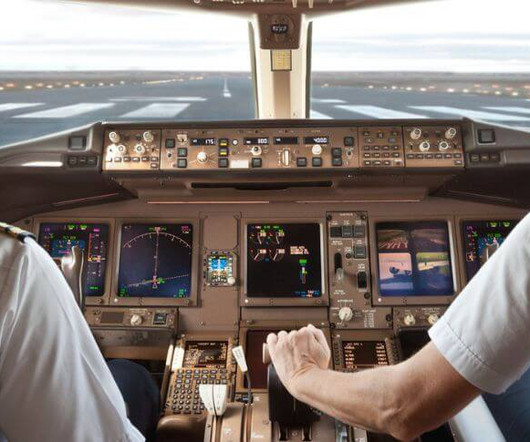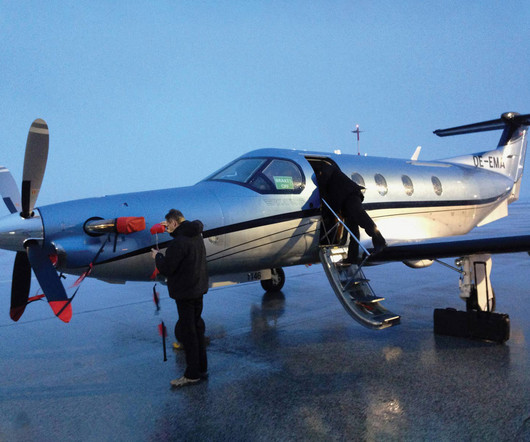Going Up and Going Down
Plane and Pilot
JULY 2, 2025
P-factor is then offset by holding right aileron to keep the heading constant, and the slip indicator is out of center by a quarter or half of the ball or marker, showing that the airplane is flying sideways in the climb. The resulting drag increase slows climb rate.

















Let's personalize your content